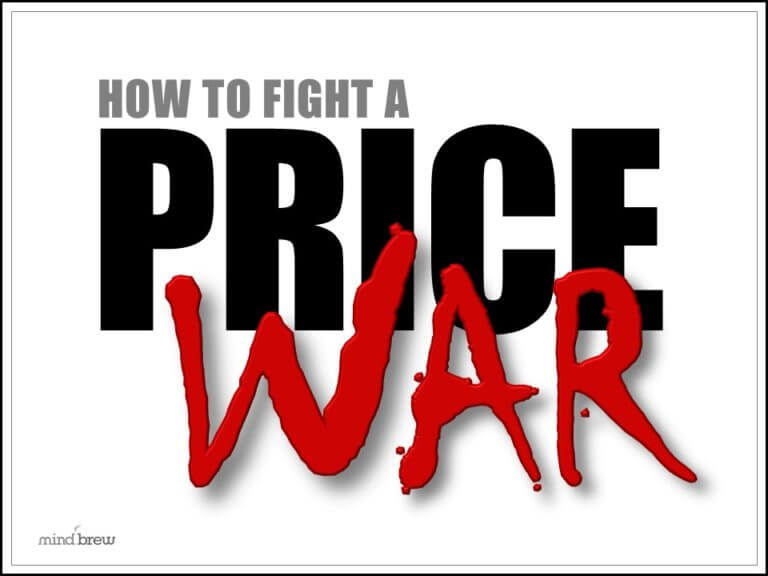Over the past five to ten years, a lot of companies have begun using the term “sales enablement.” Different people have defined this phrase in different ways, but it frequently refers to traditional marketing or sales support functions.
We actually first noticed this term becoming more popular around 2007-2008, and we strongly suspect that the “sales enablement” trend came about as a response to the economic downturn. When companies need to cut costs, it’s not uncommon for them to reduce the headcount in the marketing department or among the administrative staff, while the sales reps are often among the last to see layoffs. We strongly suspect that the use of the term “sales enablement” came about as a way for marketing and sales support groups to align themselves more closely with sales in an attempt to survive the downsizing.
Whether that’s entirely accurate or not, the impulse for marketing to align itself more closely with sales is a good one. The real problem with the term “sales enablement” is that it doesn’t go far enough.
Instead of just trying to enable sales, marketing should focus on sales effectiveness.
All too often, folks use “sales enablement” as a way to dress up the activities they have always been doing. In other words, they’re putting lipstick on a pig.
Sales effectiveness, on the other hand, is about taking a new, more powerful and efficient approach to activities like customer retention, account development, customer acquisition, sales management and process management. It’s about becoming more data-driven, more targeted and more successful.
For example, most B2B firms approach customer retention by focusing on forging good relationships with their customers. They drop by with donuts or send over tchotchkes, and they ask customers if they’re satisfied. When it becomes obvious that an account has defected to a competitor, then they panic and offer huge discounts in an attempt to buy back the business.
But companies that take a sales effectiveness approach let the data tell them when accounts are at risk. Usually, B2B customers don’t take away all of their business from a vendor at once. First, there are some telltale signs, like decreasing order volume or buying fewer product lines. When sales effectiveness teams see those warning signs, they proactively develop a plan for better meeting that customer’s needs and keeping them satisfied. This method prevents a lot of wasted time on the part of the sales staff, and it’s more successful in the long run.
You can learn more about this more data-driven approach to other sales and marketing activities in the webinar “Getting Serious About Sales Effectiveness.” It explains how leading marketing and marketing operations teams are going beyond sales enablement and embracing tactics that have a more significant impact on the bottom line.
Of course, some groups may still choose to label these activities as “sales enablement.” After all, it’s a popular buzzword, and if it helps the executive team see how closely marketing is aligned with sales, that’s a good thing.
In the end, it doesn’t really matter what you call these sales effectiveness activities, it just matters that you are doing the analysis and data-driven process improvement that will help your company generate more revenue and income.







